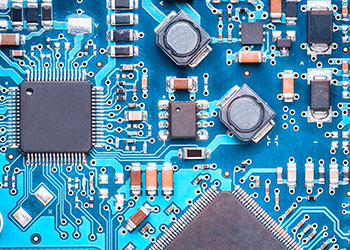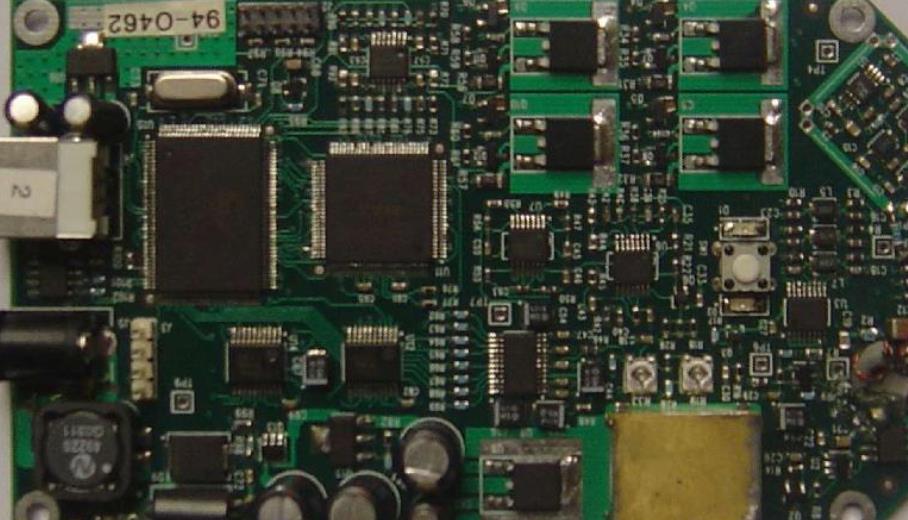
SMT mounter and reflow
Due to the continuous miniaturization of electronic PCB boards, chip modules have emerged, and traditional welding methods can no longer meet the needs At the beginning, the hybrid integrated circuit board was assembled using only the reflow soldering process. Most of the components to be assembled and soldered were chip capacitors, chip inductors, installed transistors and diodes As the whole SMT technology becomes more and more perfect, and the emergence of a variety of chip components (SMC) and mount devices (SMD), as a part of installation technology, reflow welding technology and equipment have also been developed accordingly, and its application is more and more extensive Almost all electronic products have been used
SMT mounter is a device used in the pre reflow soldering process, that is, the same SMT production line. The mounter process is prior to reflow soldering, but it will not be used for wave soldering.
To put it simply, SMT and reflow soldering are SMT production The mounter is responsible for installing components Reflow soldering is to weld the installed PCB board It is equipped in the distributor or wire behind the screen printer. It is a device that accurately places surface mount components on PCB pads by moving the placement head

Chip mounter boot process
1. Start the machine according to the Equipment Safety Technical Operating Procedures.
2. Check whether the air pressure of the mounter meets the equipment requirements, generally about 5kg/crri2.
3. Turn on the servo.
4. Return all the axes of the mounter to the source point.
5. Adjust the width of the FT1000A36 guide rail of the mounter according to the width of the PCB. The width of the guide rail should be about 1mm greater than the width of the PCB, and ensure that the PCB slides freely on the guide rail.
6. Set and install PCB positioning device:
1. First, set the PCB positioning method according to the operation rules. Generally speaking, there are two methods of pin positioning and edge positioning.
2. When using pin positioning, install and adjust the position of the positioning pin according to the position of the PCB positioning hole L. Make the positioning pin just in the middle of the PCB positioning hole, so that the PCB can move up and down freely.
3. If edge positioning is used, the position of stop and top block must be adjusted according to the overall dimensions of PCB.
7. Place the PCB support sleeve according to the PCB thickness and overall dimensions to ensure that the force on the PCB is uniform and will not loosen during wiring. If the PCB is installed on both sides, after installing the B (first) side, the position of the PCB support sleeve must be readjusted to ensure that when installing the a (second) side, the PCB support sleeve should avoid the components installed on the installed B side.
8. After setting, PCB can be installed for online programming or patch operation.
SMD components are small in size and inconvenient to place manually. SMT placement machine uses special glue to accurately and correctly paste the placement components on PCB. Then, perform reflow soldering. Reflow soldering: The reflow soldering machine heats the air or nitrogen to a sufficiently high temperature, blows it to the circuit board of the connected components, melts the solder on both sides of the components, and then glues it to the main board. Finish welding after cooling. Used for SMD components.
Wave soldering is to make the welding surface .The high-temperature liquid tin keeps the slope, and the special device makes the liquid tin form a wavy phenomenon. The pins of parts are welded by "wave". Used for welding plug-in components, usually placed manually.
Reflow soldering
All these put forward new requirements for reflow soldering process The general trend is that reflow soldering is required to adopt more advanced heat transfer methods to achieve energy saving and uniform temperature, and is suitable for circuit boards and soldering requirements of new device packaging methods for double-sided printed circuit boards Gradually realize the comprehensive replacement of wave soldering Generally speaking, reflow soldering furnace is developing towards high efficiency and multi-function intelligence There are mainly the following development paths In these development fields, reflow leads the development direction of electronic products in the future







